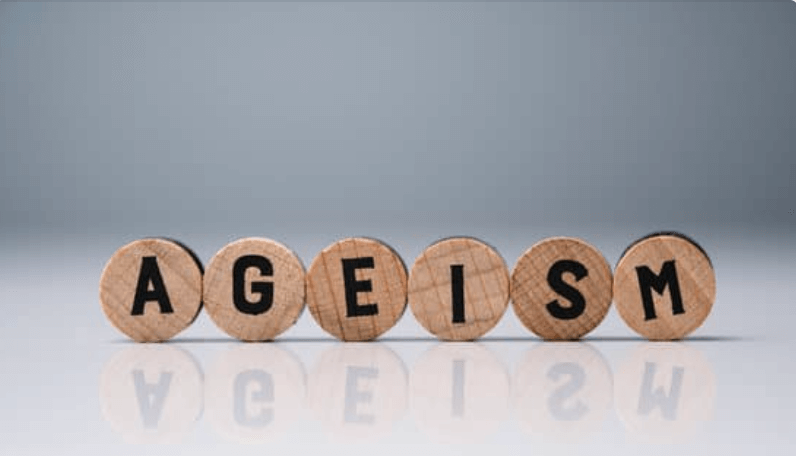August 5, 2020

‘ism’, a distinctive practice, philosophy, typically political ideology or an artistic movement. Isms exist everyday, some gaining more attention than others. Many are fighting for equality in terms of racism, feminism, as well as beliefs regarding religion, love, and many others.
One of the most often overlooked points, towards the fastest growing population in the United States. That is, our aging population and ageism. Unfortunately, ageism occurs everyday in America.
Examples of Ageism
- Workplace discrimination on account of one’s age with regard to productivity, technology, etc.
- Anti-aging make-ups, serums, procedures
- Offering a helping hand to the woman at a grocery store because you feel she is incapable (weak, frail, handicapped)
- Physicians dismissing a treatable pathology as a feature of old age
- Ageist jokes and remarks that occur on a daily basis
One of the many remarks today, “it’s just old age”. Back pain, loss of memory, inability to walk up a flight of stairs. The easiest cop out comes back to “it’s just old age”. Many of the occurrences, and even medical diagnoses can be improved with simple solutions. However ongoing ageism is greatly affecting how people age.
Why is ageism detrimental?
Ageism creates lasting effects. Much of what we understand as old age today is in direct connection to ageism in previous decades.
Youthful
Americans as a whole wishes to remain youthful for as long as humanly possible. The increase in both digital and print media have spread the message. Anti-aging creams, serums and procedures are a major player in youthful appearance. Organizations rely on the idea of reversing the appearance of aging. One may not be able to stop the aging process, but the effects on your appearance can be altered. Everyone wishes to look their best, understood. However this simple advertisement has an underlying message. The message is essentially stating, the look of aging is ugly and unwanted and as you age your looks are something that should be treated. What happened to the distinguished look? The experience behind a man or woman with gray hair, the wisdom they hold. What happens if someone chooses to stay away from these ‘anti-aging secrets’, will they be treated differently?
Technology
Aging and technology seem to spark ageism. It is common belief, because much of today’s aging population did not grow up with technology at their fingertips they are incapable. The recent pandemic has shown the aged are more than capable. However, ageism continues with regard to technology through a number of examples.
Let’s take a look at telehealth. With the pandemic at hand, not a soul wanted to step foot within a doctor’s office with the fear of contracting COVID-19. Over the years it was common the aged would come to each appointment. This was occuring while younger populations were receiving diagnoses and prescriptions through a computer screen. Why is that? Telehealth, a technology based solution, is marketed populations. The younger population is busier, more fluent with technology, and it is best fit for them. It was thought the older cohort could not utilize this feature efficiently because they are not current on technology trends.
‘Normal’ Aging
The most stereotypical of all are the astonished posts on the internet or social media. News headlines today are full of an older man or woman accomplishing something, anything. It may be something along the lines of exercising within the gym, or completing a 5k, etc. When these instances occur, the media is filled with “Oh my gosh, what an achievement”. While the praise is welcomed, there lies a problem with the bigger picture. Over the years, aging, retirement and older cohorts have been painted as incapable, handicapped, frail individuals. There is an idea they are unable to everyday tasks. We, as a society, have created that picture through ageism. The picture that we have created has led many to believe this is ‘normal’. Increased pain, decreased mobility, and a decrease in physical functioning is NOT normal.
Breaking Down Ageism in America
The elimination of ageism can, and should be rather easy. It begins with each individual, whether you are 20, or 90, or somewhere in between. We must strive for what we wish aging to be like in the years to come. “Treat others as you wish to be treated”, the same must be applied regarding the current state of ageism. There will be a day when we are all among the aged, wouldn’t it be best if we began eliminating ageism little by little?